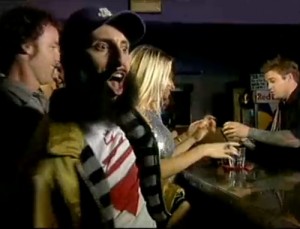 “Are they singing about speed,” wonders YouTube uploader Haurang1. And it’s not hard to come to that conclusion, with both the song and video seemingly about the crazy-arse world of amphetamines. Oh, like a down-under version of “Semi-Charmed Life”.
“Are they singing about speed,” wonders YouTube uploader Haurang1. And it’s not hard to come to that conclusion, with both the song and video seemingly about the crazy-arse world of amphetamines. Oh, like a down-under version of “Semi-Charmed Life”.
The video follows the adventures of “Lars”, a bearded guy who is the group’s roadie. He’s very energetic and spends most of the time hanging out at a bar. Crawling on a pool table, talking the ear off whoever will listen and humping the bar. Ok, so this is a song about speed.
We also see the band playing in a bright white studio, and their performance has the same maniacal energy. Actually, only half the band (the two singer/guitarists) have that energy. The drummer and keyboardist are both sedately playing away in the background, doing what it says on their job description.
The trouble with the video is no one really comes across as very likeable. Lars is a dick and the band seems like some dudes who think they’re far more charming than they actually are. If the song was good, all this would be forgiven, but it’s really ordinary with a boring tacked-on synth line. It all ends up functioning as a cautionary tale against the perils of stimulant abuse.
Best bit: Lars’ thick beard, alarming by even today’s beardiness standards.
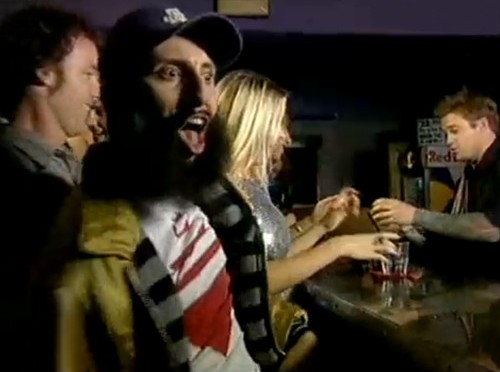
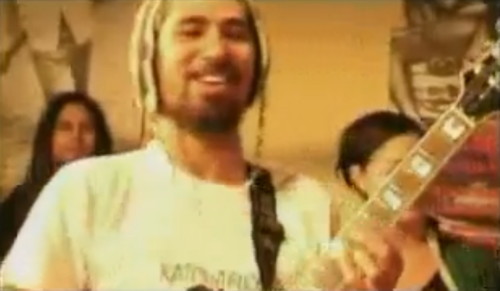
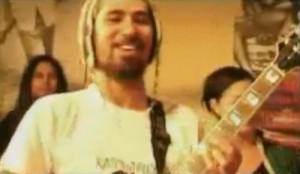 Oh, Katchafire. Previously the only Hamilton bands that had made a national impact were bogan rockers like Knightshade and Blackjack. But along came Katchafire, a roots reggae band who not only had three top-10 singles but had 18 NZ On Air-funded music video. And this is a band who has survived despite line-up changes due to what its Wikipedia entry describes as “commitments with other bands, family and religion”.
Oh, Katchafire. Previously the only Hamilton bands that had made a national impact were bogan rockers like Knightshade and Blackjack. But along came Katchafire, a roots reggae band who not only had three top-10 singles but had 18 NZ On Air-funded music video. And this is a band who has survived despite line-up changes due to what its Wikipedia entry describes as “commitments with other bands, family and religion”.
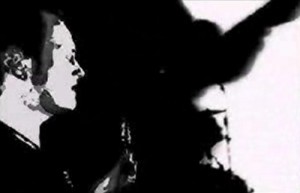 “This ain’t a love song,” snarls Paul from Gramsci, and indeed this ain’t a love song music video. It’s stark and monochromatic black figures on a white background, as the band play the song, slowed down to give it a dreamy feeling. Or as the description on MySpace helpfully explains, “drifty floaty black and white silhouettes overlaid intermingly splace”. Ok.
“This ain’t a love song,” snarls Paul from Gramsci, and indeed this ain’t a love song music video. It’s stark and monochromatic black figures on a white background, as the band play the song, slowed down to give it a dreamy feeling. Or as the description on MySpace helpfully explains, “drifty floaty black and white silhouettes overlaid intermingly splace”. Ok.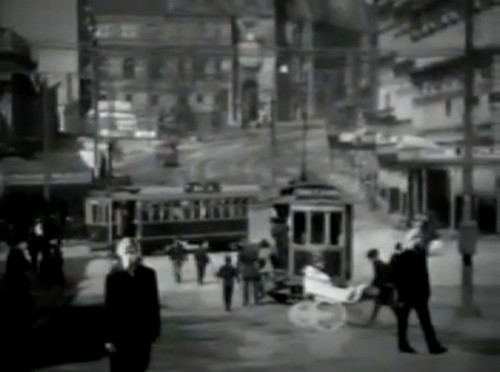
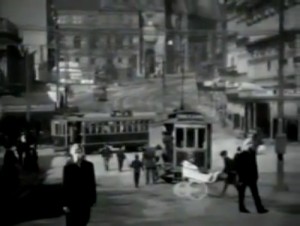 Ben King was otherwise known as the guitarist in Goldenhorse, but he had some songs that he needed to get out there, so he went off on a little side project which resulted in a self-titled solo album.
Ben King was otherwise known as the guitarist in Goldenhorse, but he had some songs that he needed to get out there, so he went off on a little side project which resulted in a self-titled solo album.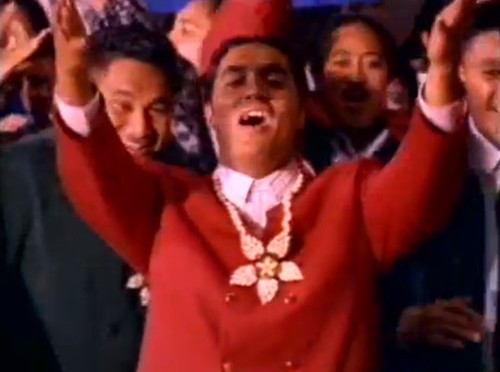
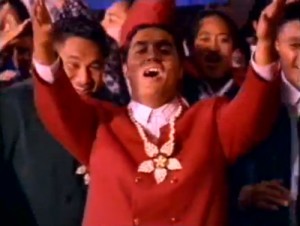 A YouTube commenter sums up the impact of this video thusly: “it was hits like this that actually triggered off and established the Pacifica brand, thus Aotearoa actually taking into consideration what the islands had to offer in terms of creative arts and music”. And there’s something to be said for a video that is full of bold, fresh young Polynesian culture.
A YouTube commenter sums up the impact of this video thusly: “it was hits like this that actually triggered off and established the Pacifica brand, thus Aotearoa actually taking into consideration what the islands had to offer in terms of creative arts and music”. And there’s something to be said for a video that is full of bold, fresh young Polynesian culture.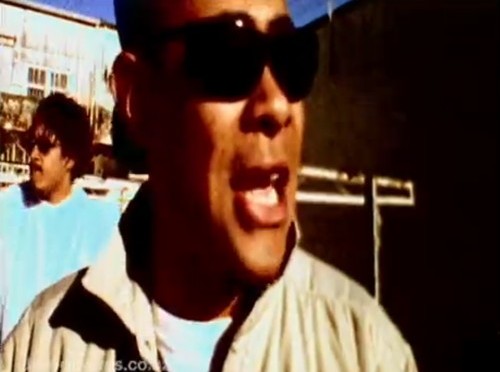
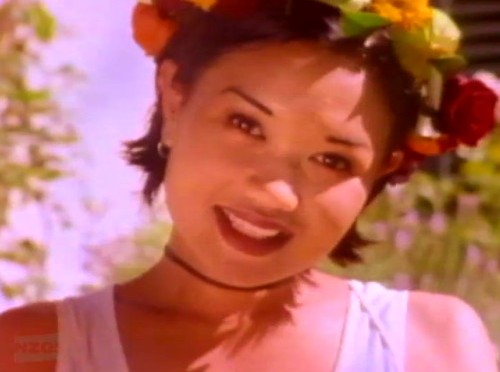
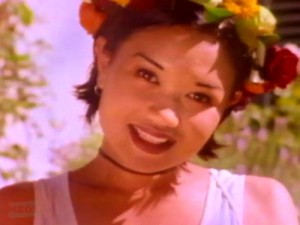 Well, this is an interesting video. Love Soup was Bic Runga’s high school band, a duo with Kelly Horgan, later of the Heavy Jones Trio. The Cashmere High pair came in third place in the 1993 Smokefreerockquest and part of the prize was a single and video to be released through Pagan Records. Only at around the same time, Sony had began to take an interest in Bic, signed her and bought her recordings from Pagan.
Well, this is an interesting video. Love Soup was Bic Runga’s high school band, a duo with Kelly Horgan, later of the Heavy Jones Trio. The Cashmere High pair came in third place in the 1993 Smokefreerockquest and part of the prize was a single and video to be released through Pagan Records. Only at around the same time, Sony had began to take an interest in Bic, signed her and bought her recordings from Pagan.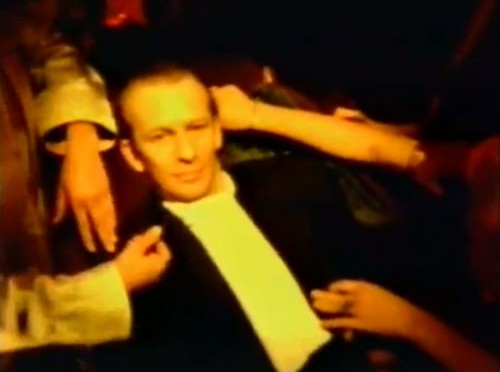
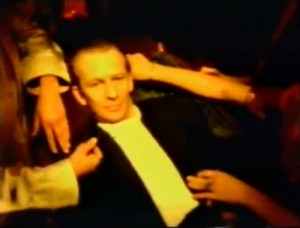 Cosa (formerly Cosa Nostra) was a project by producer Trevor Reekie of Pagan Records. “Still Water” is an atmospheric track with a some trip hop and dub styles.
Cosa (formerly Cosa Nostra) was a project by producer Trevor Reekie of Pagan Records. “Still Water” is an atmospheric track with a some trip hop and dub styles.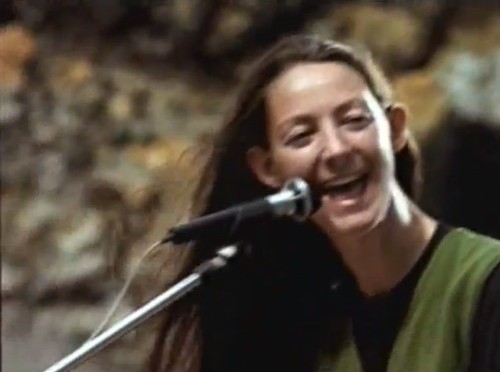
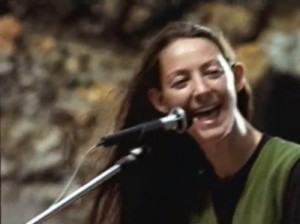 At first “Thinking About You” seems like a wistful song from someone getting in touch with a long-lost love. There’s a Front Lawn-style quirkiness to the song but it initially seems rather restrained.
At first “Thinking About You” seems like a wistful song from someone getting in touch with a long-lost love. There’s a Front Lawn-style quirkiness to the song but it initially seems rather restrained.
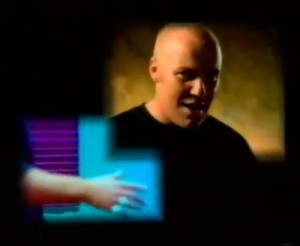 The first few seconds of this song seem quite sedate. There’s Marry J doing his soul crooning and it’s all very sweet when suddenly – bam! – here’s Dei Hamo with some rap to make things a lot more interesting.
The first few seconds of this song seem quite sedate. There’s Marry J doing his soul crooning and it’s all very sweet when suddenly – bam! – here’s Dei Hamo with some rap to make things a lot more interesting.